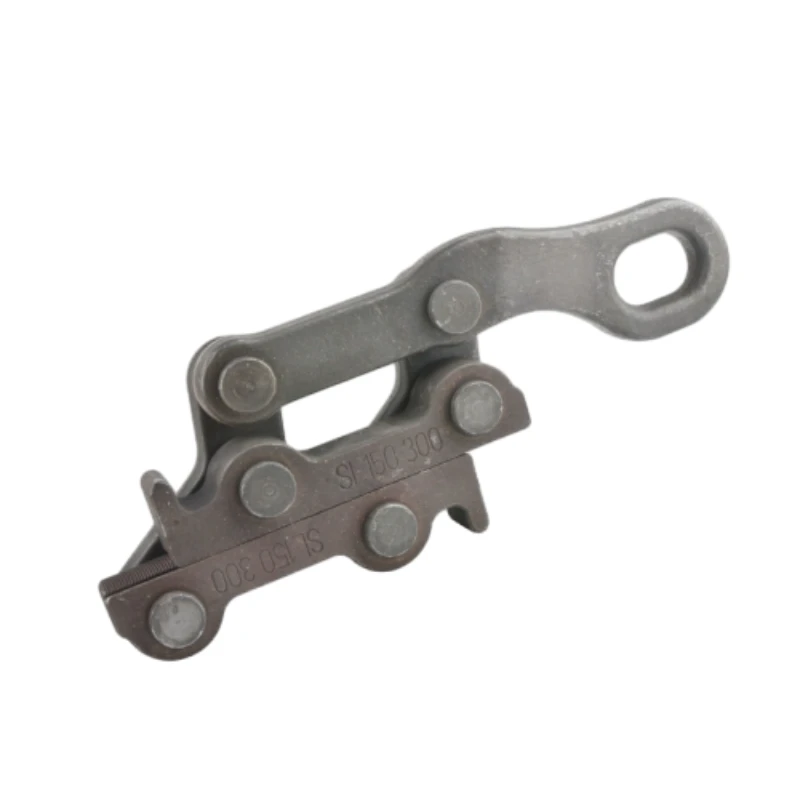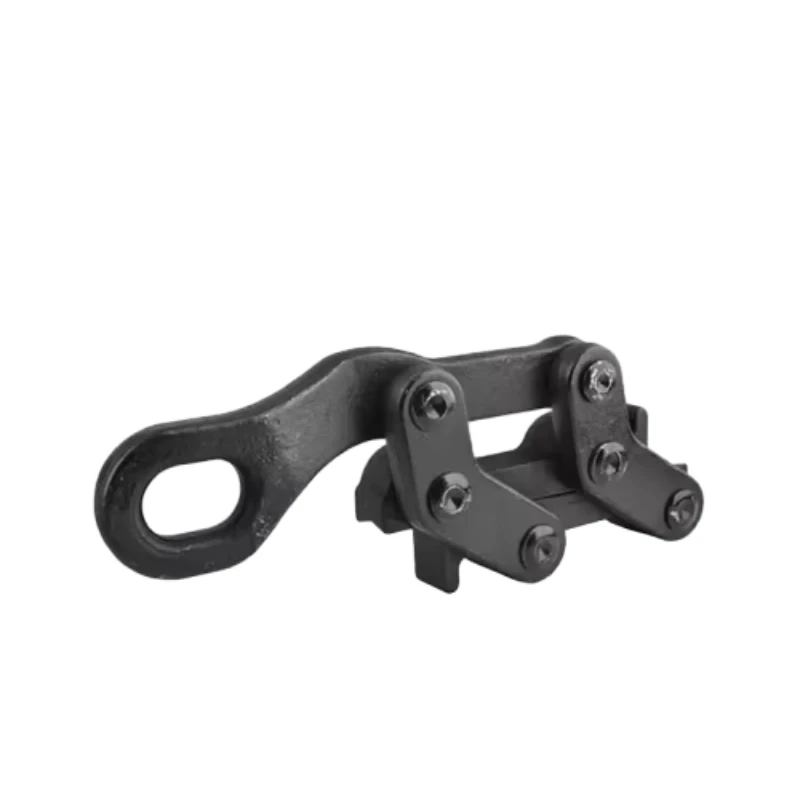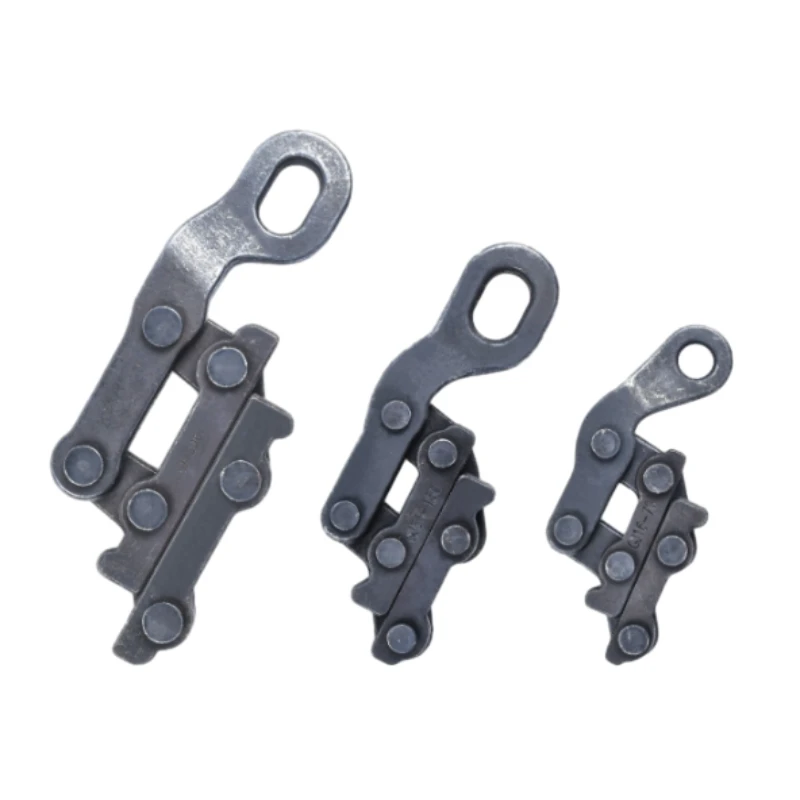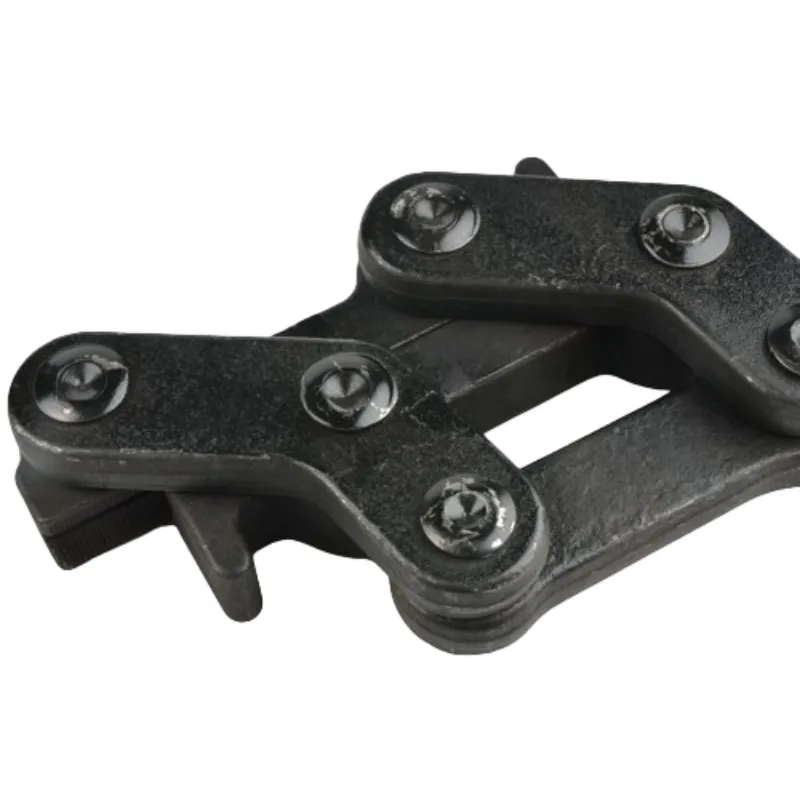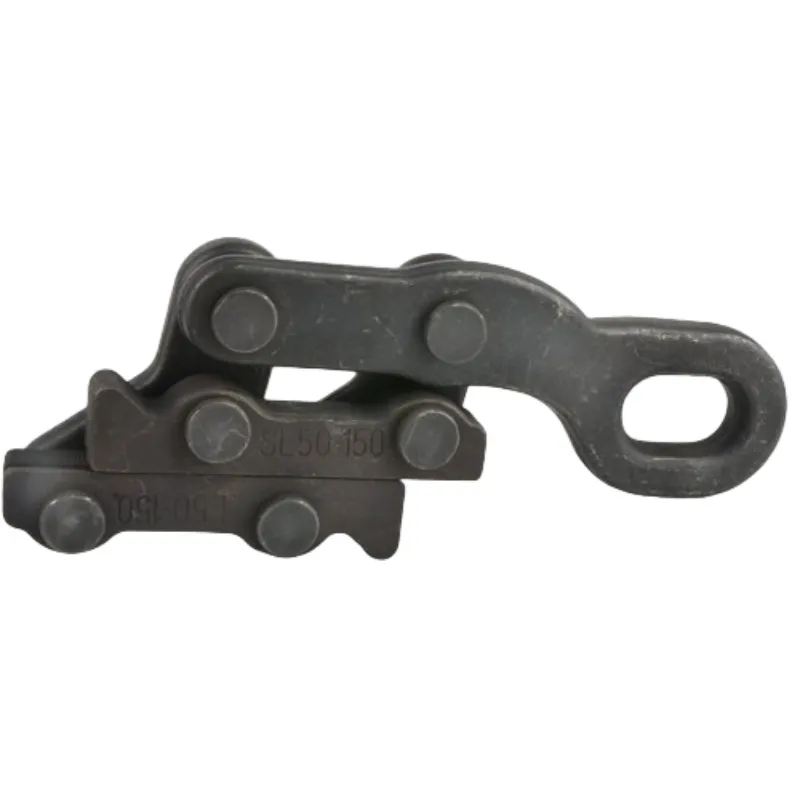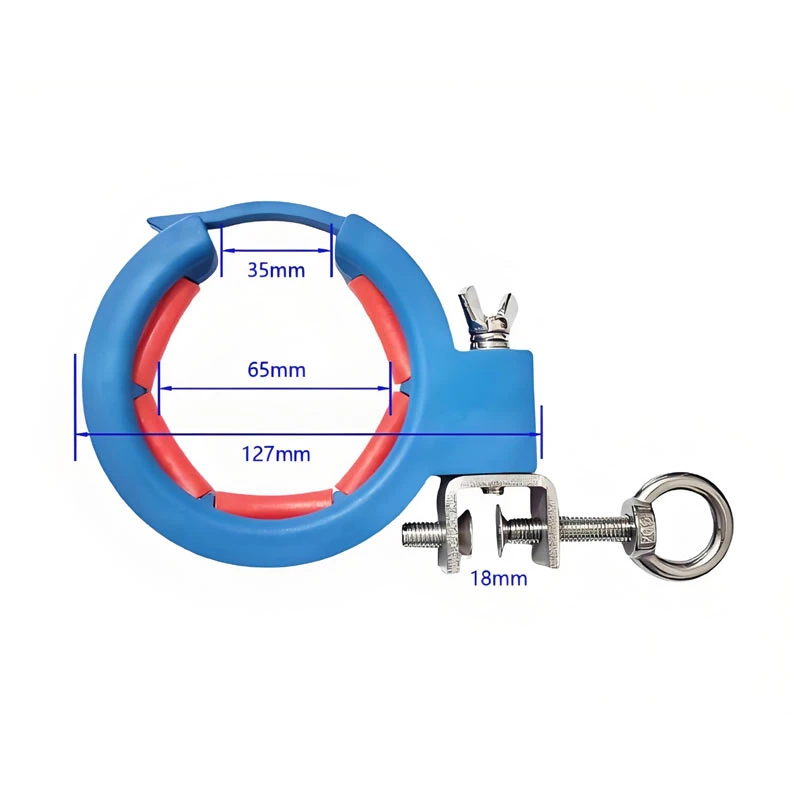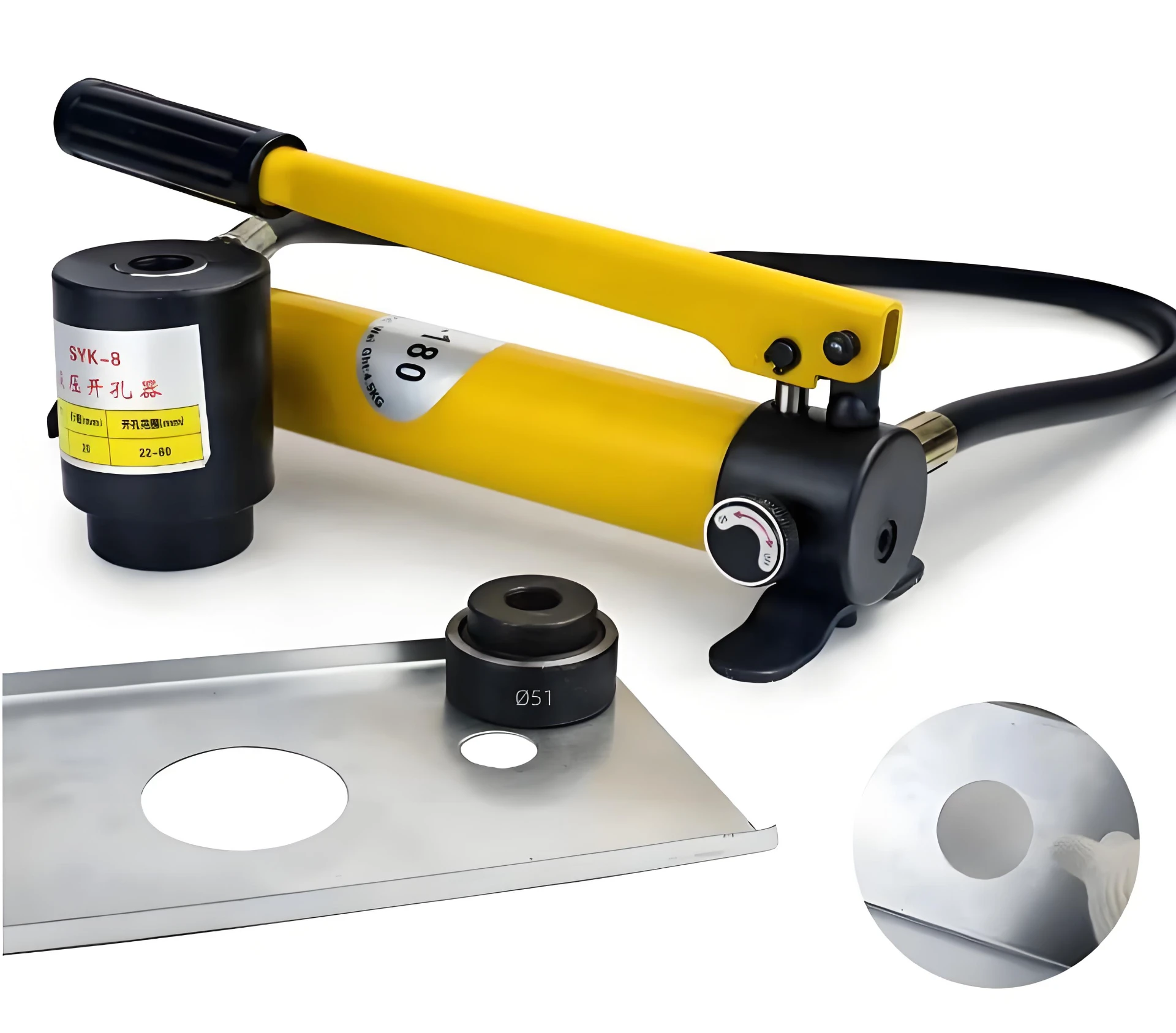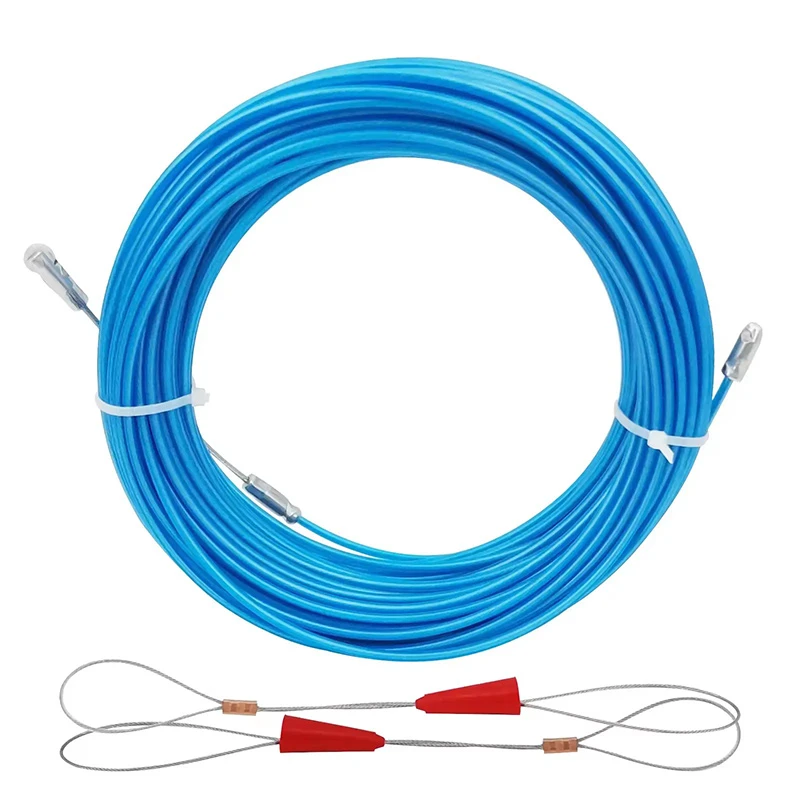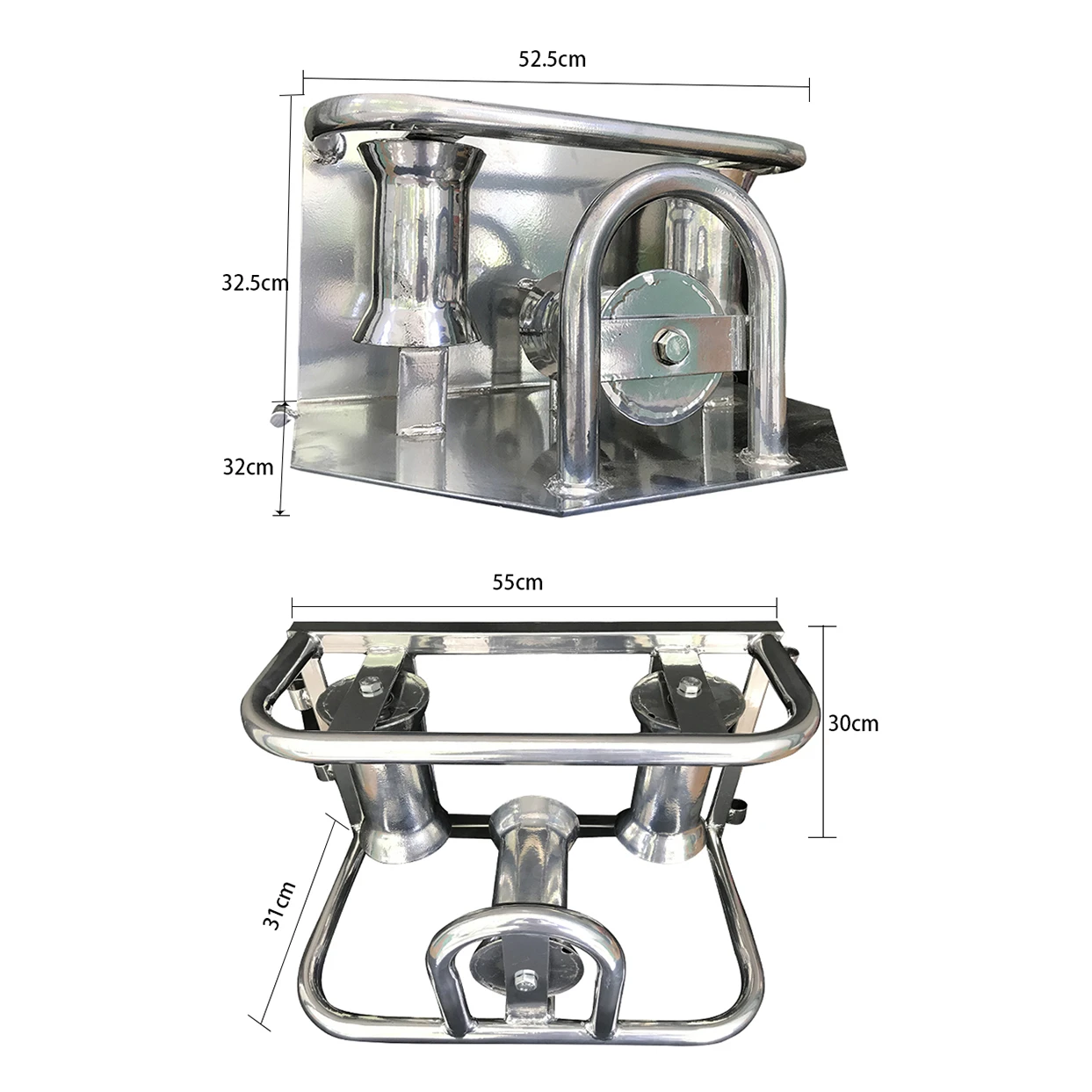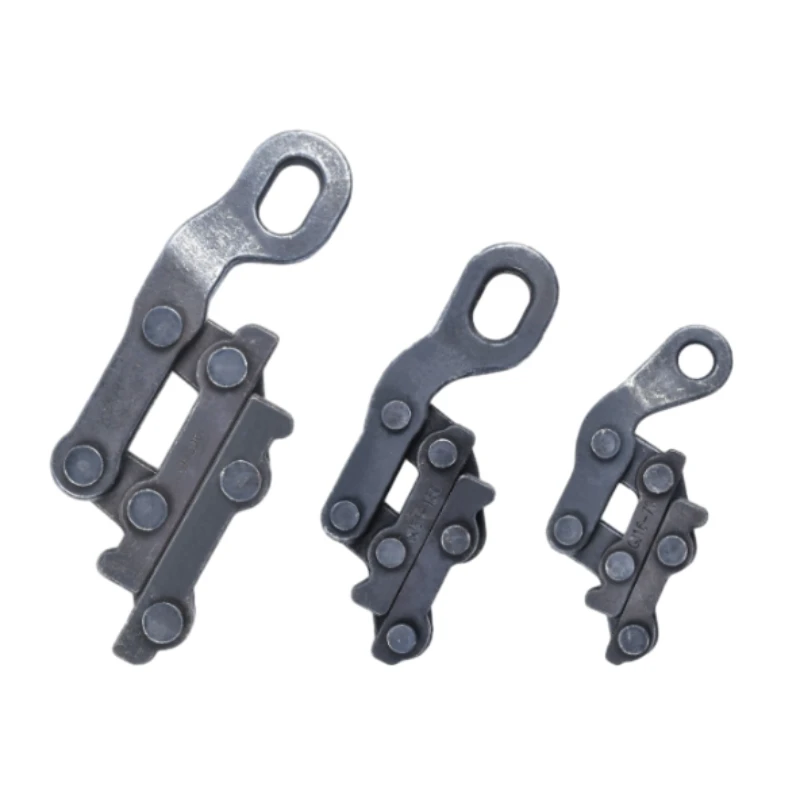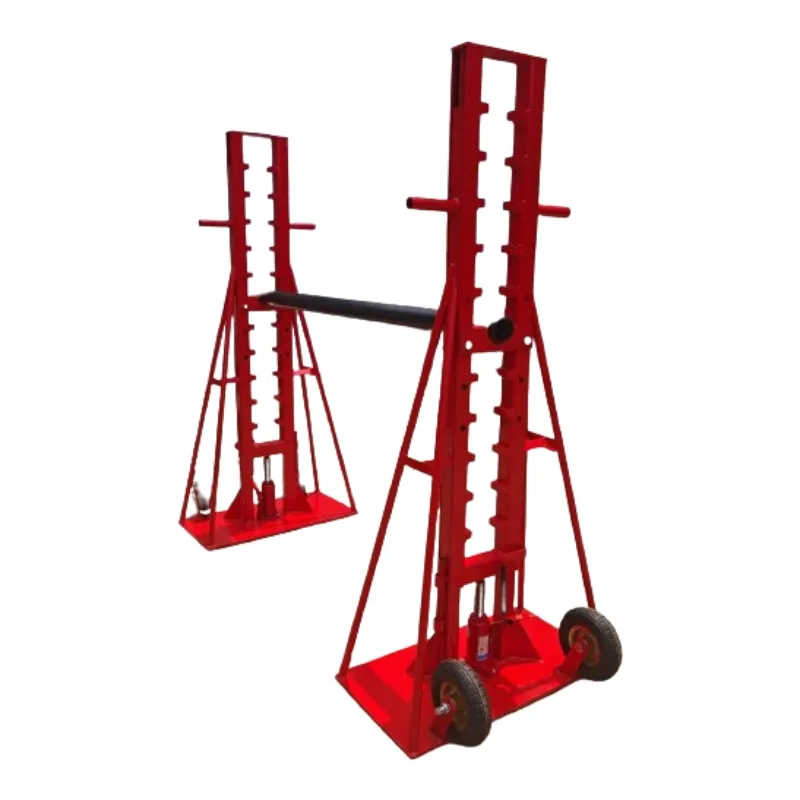- 1. Excellent Material: The German-style wire clamp is typically forged from high-strength alloy steel and undergoes special surface treatments such as heat treatment or corrosion resistance treatment to enhance its tensile strength, corrosion resistance, and service life.
- 2. Rational Design: Equipped with a safety device at the jaw part, it ensures that the wire does not slip or jump during use, improving operational safety and stability.
- 3. Diverse Specifications: Multiple specifications are available to cater to different diameters of conductors and ground wires, such as 16-70, 50-150, 150-300, etc.
- 4. Strong Applicability: Widely applied in power construction, contact line construction and maintenance, as well as other fields requiring wire tightening, it is an indispensable tool for electrical workers.
- 1. Power Construction: During the construction and maintenance of power lines, the German-style wire clamp is used to tighten conductors, adjust sag, and ensure the stability and safety of power lines.
- 2. Contact Line Construction: It also plays a crucial role in the construction and maintenance of railway contact lines, where it is used to tighten contact wires and adjust the height and tension of the contact network.
- 3. Other Fields: Besides power and contact line applications, the German-style wire clamp can be used in other scenarios requiring wire tightening, such as communication lines and broadcasting and television lines.

|
Product NO. |
Suitable wire (mm²) |
Suitable Dia (mm) |
Load capacity (KN) |
Qhov hnyav (KG) |
|
BLKX03-1 |
16-70 |
4-12 |
10 |
1.1 |
|
BLKX03-2 |
50-150 |
9-17 |
20 |
1.6 |
|
BLKX03-3 |
150-300 |
15-25 |
30 |
3.7 |
Cable Grip — A Key Tool for Safe and Efficient Cable Pulling
In cable installation and maintenance projects, the Cable Grip is an essential tool that ensures cables are pulled safely, efficiently, and without damage. Designed to hold cables securely during pulling operations, a cable grip is commonly used in power transmission, telecommunication line setup, and industrial wiring systems.
The Cable Grip is typically made from high-strength galvanized steel wire mesh that provides durability, flexibility, and excellent load distribution. When attached to the cable, it grips the surface tightly and evenly, preventing slippage and protecting the cable’s insulation layer. This makes it ideal for handling long-distance cable pulls through ducts, conduits, or underground systems.
One of the key advantages of using a Cable Grip is its versatility. It can be applied to various cable diameters and materials, from small communication wires to large power cables. Many grips are reusable and feature easy-to-install designs, allowing operators to quickly attach and release cables during fieldwork.
Additionally, a Cable Grip improves safety on-site. It reduces the strain on workers, minimizes cable bending or twisting, and ensures smooth pulling motion even under heavy loads. Whether in construction, mining, or electrical maintenance, using a Cable Grip helps professionals achieve a more reliable and efficient workflow.
In short, the Cable Grip is more than just a supporting accessory — it’s a crucial tool that guarantees cable integrity and installation quality across a range of demanding environments.
Come Along Clamp — Reliable Support for Cable Tensioning and Installation
The Come Along Clamp is a powerful mechanical device widely used in power line construction, telecommunications, and cable installation work. Its main function is to grip and hold cables or conductors under tension, allowing operators to stretch or align them with precision.
Constructed from forged steel or lightweight aluminum alloy, the Come Along Clamp offers both durability and ease of handling. Its serrated jaws or clamping teeth are engineered to provide a strong, non-slip grip on cables of different sizes. This secure hold ensures that the cable remains in position while tension is applied, preventing accidents and maintaining consistent alignment during installation.
A major benefit of the Come Along Clamp is its efficiency in creating stable connections without damaging the cable surface. It’s an indispensable tool for linemen, electricians, and cable technicians who work in high-tension or elevated environments. The clamp’s simple lever or ratchet mechanism enables quick operation, while some models feature automatic locking systems for added safety and convenience.
In many projects, the Come Along Clamp is used together with a Cable Grip, forming a reliable pulling and tensioning system. The grip holds the cable firmly for pulling, while the clamp maintains precise tension, ensuring the line stays straight and secure.
Overall, the Come Along Clamp is essential for anyone involved in cable installation or maintenance. Its strength, reliability, and ergonomic design make it a must-have tool that enhances work efficiency and safety in every cable-related task.




















































































































